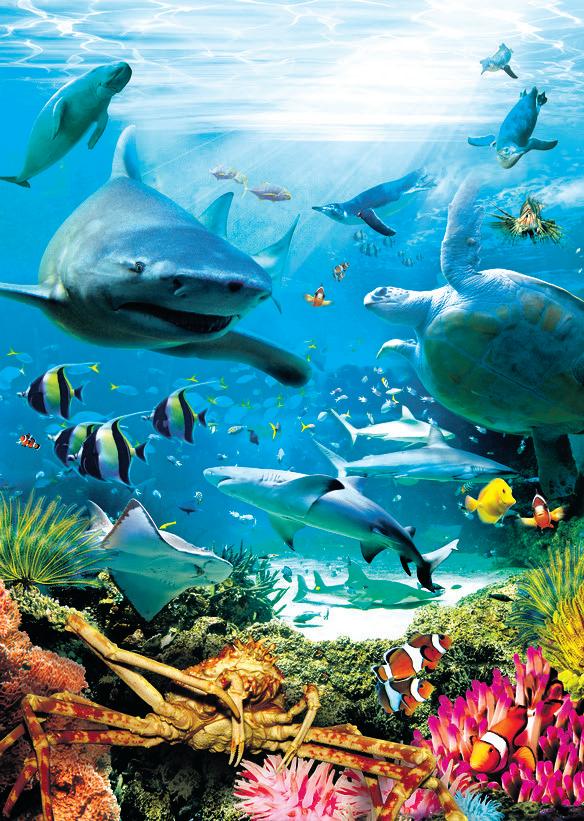
3 minute read
HistoryHarbour
from 2012-05 Sydney (2)
by Indian Link
Darling Harbour and its surrounds have undergone a positive transformation of urban renewal while preserving the past the Great Depression, Hickson Road was known as ‘The Hungry Mile’ after the men who went from wharf to wharf searching for work. Today you can walk along the water’s edge from this point to The Rocks.
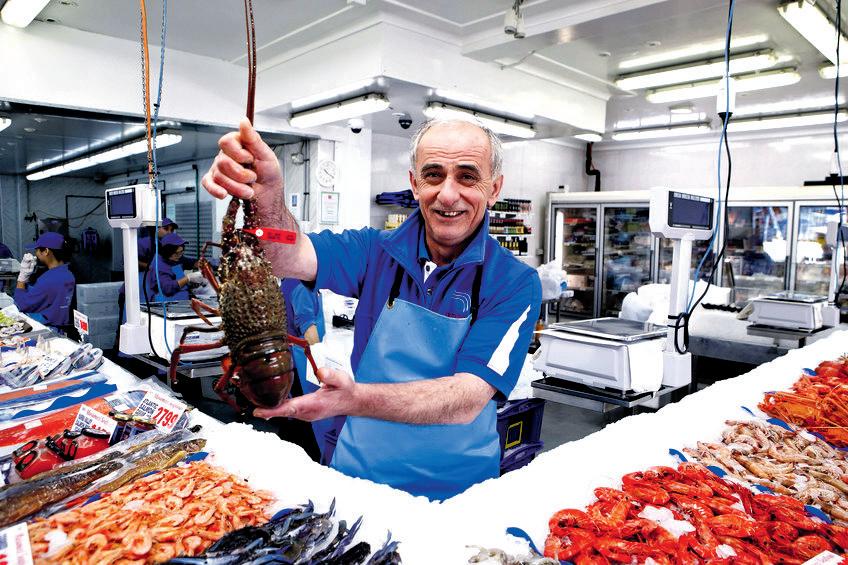
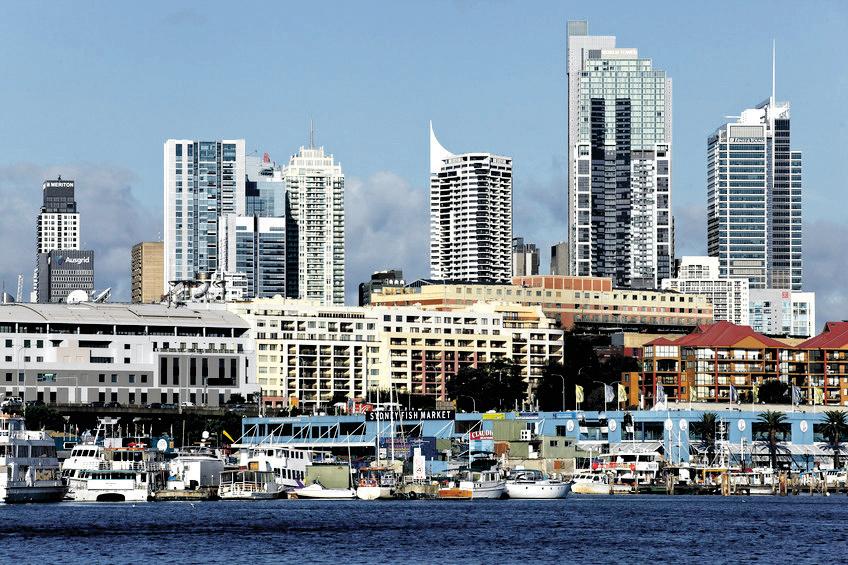
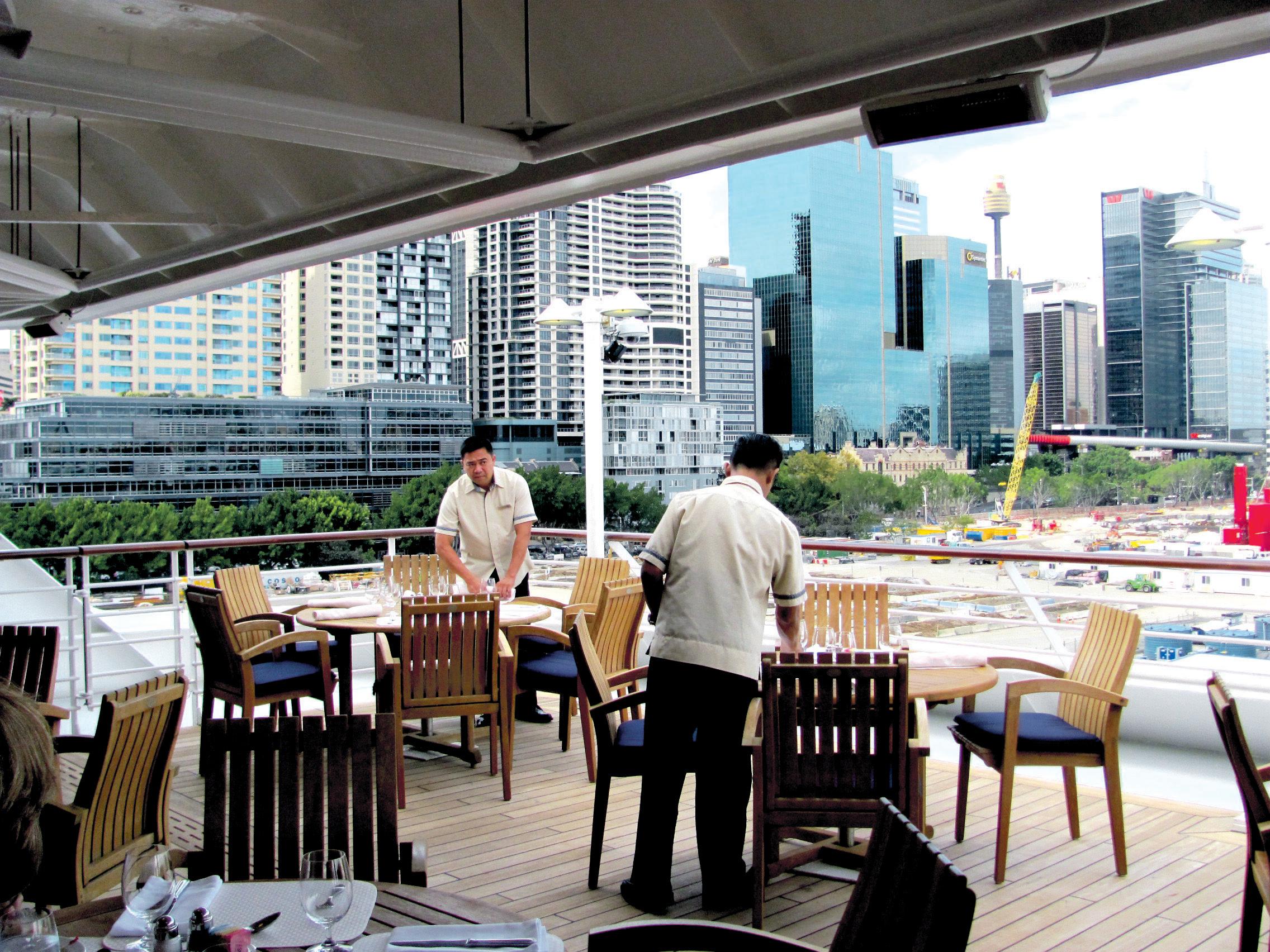



Nearby, Australia’s first steampowered mill was established at Darling Harbour in 1815. Wharves, warehouses and factories soon followed. By the 1870s, the wool industry was expanding rapidly with bales of wool requiring storage before being shipped to England, with the massive Goldsbrough Mort wool-stores employing thousands of men.
Darling Harbour was also lined with railway goods yards. I remember how gritty and grim the area once was, when going there to retrieve my pushbike, sent up by freight train from Melbourne. Today it is a recreational amenity offering children’s playgrounds, water features, outdoor concerts and festivals, and attractions including the Sydney Aquarium, the Powerhouse Museum and the Australian National Maritime Museum that are well-deserving of a visit.
In 1806, John Macarthur, acknowledged as responsible for introducing merino sheep to Australia and for developing the wool industry, brought a boatload of friends to a peninsula for a picnic. One remarked that the site reminded her of a spa in Germany called ‘Bad Pyrmont’, giving Pyrmont its name. The land had been bought by Macarthur in 1799, in exchange for a gallon of rum. Deep-water access and proximity to the city meant Pyrmont rapidly became a working class industrial and port community. A major sugar refinery was operated by CSR
Limited, as well as a power station. By 1900, the area had a population of 30,000; but after World War II, Pyrmont spiralled into decline and by 1991 the population had dwindled to 900.
While Star City dominates the skyline, non-gamblers head for the Sydney Fish Markets located on Blackwattle Bay or one of the many harbour side parks. The streets are busy with people, cafes and restaurants while a walk along the peninsula’s foreshore provides great views of the harbour from different vantage points. The area now has many high-rise residential and commercial buildings and a multicultural population, with only 35% of residents born in Australia.
In 1857, Pyrmont was connected to the city by a low wooden toll bridge across the entrance to Darling Harbour. The bridge was rebuilt in 1902 to allow ships through by an innovative timber truss system that can open and close in 44 seconds, all the more remarkable that it is still in use today.
Once Sydney’s industrial heartland of wharves, goods yards, wool stores and factories, Darling Harbour and Pyrmont have undergone a positive transformation of urban renewal, while preserving much of the past.
Barangaroo was the aboriginal wife of Bennelong, after whom Bennelong Point, the site of the Sydney Opera House was named.
Harbour History

B ARAN g AROO, DARLIN g HARBOUR & PYRMONT

I NSI d E r’S TIP
Download walking maps and insightful historic information from the City of Sydney’s website at www.cityofsydney.nsw.gov.au/history Tel: 9265 9333. The Fish Markets runs Australia’s leading cooking school, the Sydney Seafood School, featuring well known chefs that will have you whipping up Thai, Tapas or Singapore chilli crabs in no time.
G ETTING THE r E
Join a leisurely cruise with Captain Cook Cruises at www.captaincook.com.au Tel: 9206 1111. Catch a ferry from Circular Quay to Darling Harbour and/or Pyrmont Bay. Catch bus number 443 from Town Hall or the Metro Light Rail from Central. On Sundays, families travelling together (at least one adult and one child) pay only $2.50 each for unlimited travel on government buses, trains, ferries and the Light Rail Network. www.131500.com.au Tel: 131-500.
W HE r E
To EAT
There is no shortage of dining options at Darling Harbour. Restaurants line Cockle Bay Wharf, Darling Quarter, King Street Wharf and the Harbourside Shopping Centre. Zaaffran is recommended. www.zaaffran.com Tel: 9211 8900. For a more intimate dining experience, try the restaurants at the Pyrmont Finger Wharves or on Harris Street near Pyrmont Point Park where BBQ facilities cater for those preferring a picnic. For the freshest seafood, head for the Fish Markets. Bring an esky to keep your purchases cool for the ride home, or dine at the cafes onsite.

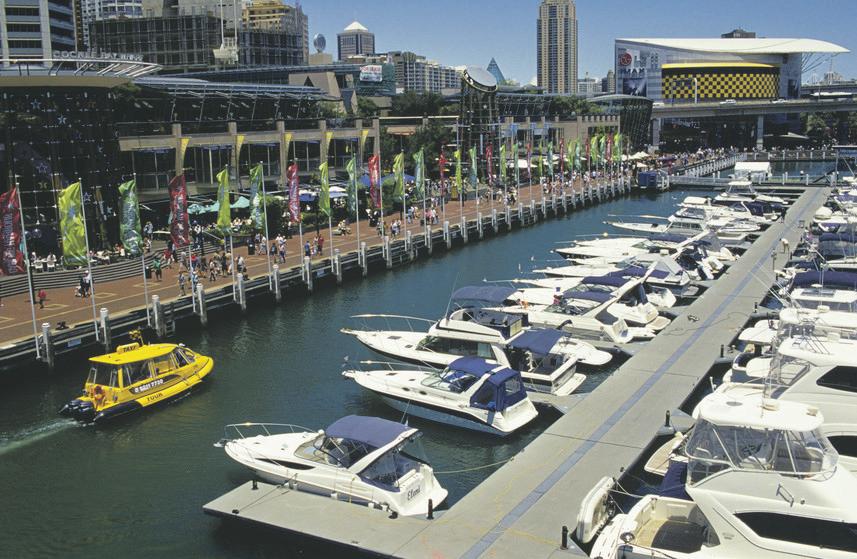


F U r THE r INF or MATI o N
The Australian National Maritime Museum and Powerhouse Museum are open daily, except on Christmas Day. Entry fees apply. The museums offer interactive exhibitions, kid’s activities during the school holidays, and will keep them amused on wet wintery days.
